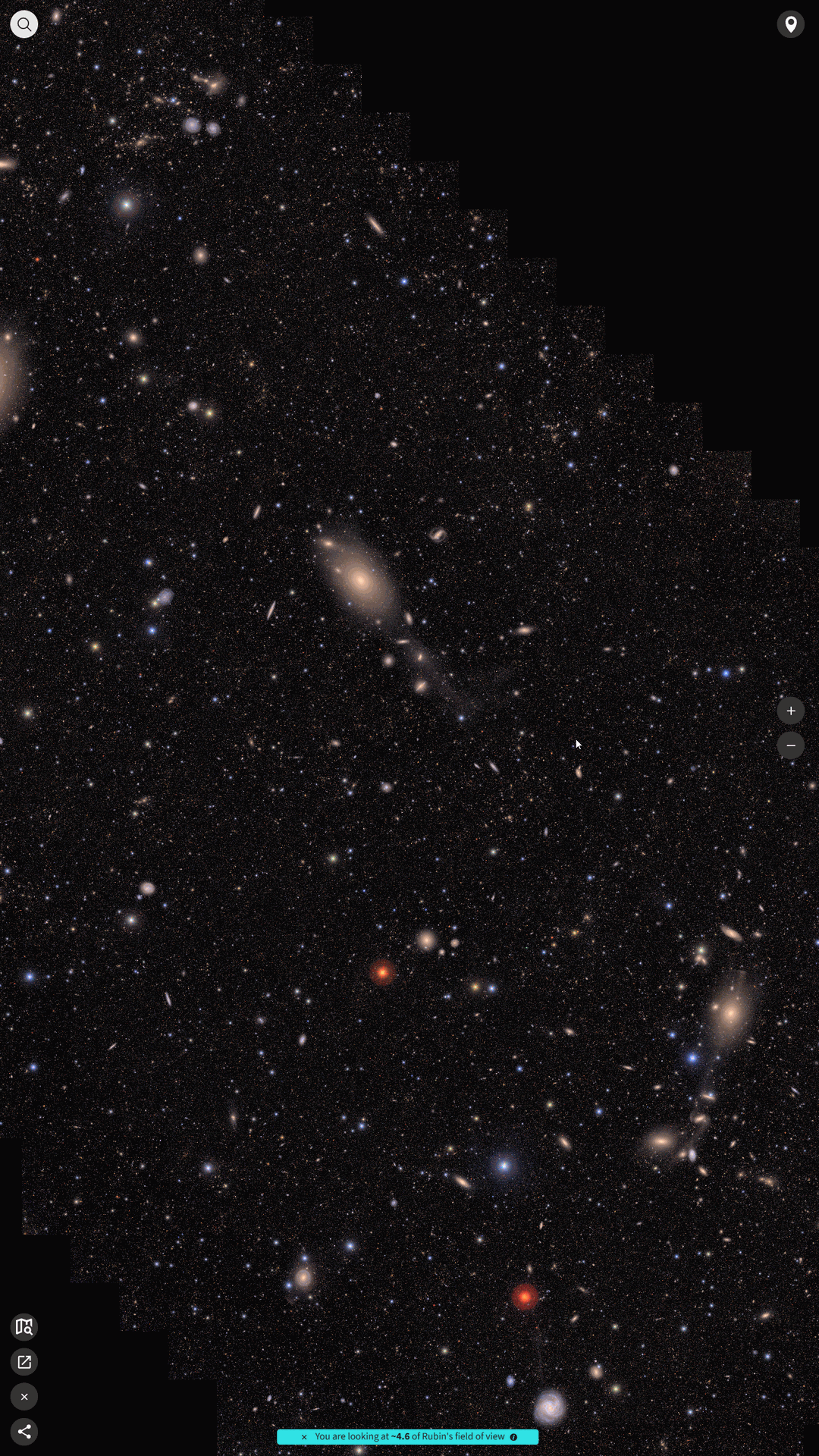The NSF/DOE Vera C. Rubin Observatory has made a dramatic entrance into the world of astronomy by releasing its inaugural images, captured with the largest digital camera ever built for space observation.
These breathtaking snapshots not only highlight the intricate beauty of the universe but also signal a monumental leap forward in our ability to explore and understand the cosmos. In just over 10 hours of initial testing, the observatory has already identified millions of galaxies, countless stars, and thousands of asteroids, demonstrating its transformative potential from day one.
Unprecedented Achievements in Record Time
Strategically located atop Cerro Pachón in Chile, Rubin Observatory leverages its 8.4-meter telescope and pristine viewing conditions to maximize scientific returns. The core project, the Legacy Survey of Space and Time (LSST), is set to create the most detailed, high-definition time-lapse of the universe ever attempted.
The observatory’s LSST Camera, engineered at SLAC National Accelerator Laboratory, enables researchers to observe details in distant galaxies and nebulae with remarkable clarity.
- Rapid Discoveries: Within its first test window, the observatory uncovered 2,104 new asteroids, including seven near-Earth objects, and millions of other cosmic features.
- Massive Data Collection: Rubin is projected to gather more data in one year than all previous optical observatories combined, about 20 terabytes each night, culminating in a catalog containing trillions of measurements.
- Comprehensive Science: The observatory will survey a vast range of phenomena, from asteroids and comets to supernovae, pulsating stars, and the elusive properties of dark matter and dark energy.

Probing the Universe’s Deepest Mysteries
Named after pioneering astronomer Vera C. Rubin, whose work first revealed the existence of dark matter, the observatory is uniquely positioned to unravel the secrets of the universe’s invisible components.
Dark matter and dark energy account for nearly 95% of the universe, yet remain some of science’s greatest enigmas. By imaging the Southern Hemisphere sky every few nights, Rubin will not only advance planetary defense but also revolutionize our collective knowledge of the cosmos.
Expanding Access to Discovery
Rubin Observatory’s commitment extends beyond professional astronomers. Its data will be openly accessible, empowering educators, students, and citizen scientists worldwide to contribute to cosmic research.
Engaging platforms, such as the SkyViewer app, offer interactive tours of the universe, while features like data sonification transform astronomical findings into immersive audio experiences. With regular data releases, Rubin’s rich datasets will drive innovation and discovery across the global scientific community.
Engineering Triumph and Global Collaboration
The observatory’s realization is the result of over twenty years of coordinated international effort by scientists, engineers, and technicians. The car-sized LSST Camera can capture an area of sky equal to 45 full moons in a single shot, while a sophisticated data infrastructure is poised to manage an estimated 500 petabytes of information. This positions Rubin as one of the most ambitious scientific data endeavors in history.
- Worldwide Engagement: The debut images were unveiled at over 300 watch parties globally, connecting schools, museums, and amateur astronomers in celebration.
- Educational Outreach: Innovative online tools and activities are designed to bring the excitement of discovery into classrooms and homes everywhere.
A Transformative Decade Begins
The first images from the Rubin Observatory mark the dawn of a new era in astronomy and astrophysics. As the observatory transitions to full scientific operations, it promises to illuminate some of the universe’s most profound mysteries and inspire future generations of explorers. The fusion of advanced technology, global teamwork, and public engagement ensures that Rubin’s impact will resonate far beyond the scientific community.
Source: SLAC National Accelerator Laboratory [Original Blog]
https://news.stanford.edu/stories/2025/06/the-bold-bet-that-built-a-telescope

Rubin Observatory’s First Images: Ushering in a New Era of Cosmic Discovery